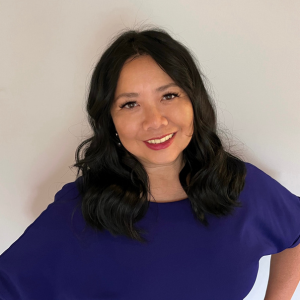Creating the Nursing Home of the Future
|
Interview with Zev Paiss, Cofounder, Elder Cohousing Network Imagine a group of seniors getting together, deciding they want to start a little community of their own, raising the money, working with professionals to develop the structures and plan, and then running it as a consensus group. "Far out!" comes the distant cry of 1960s commune dwellers. But this isn't "out there" at all. It builds on a Denmark-inspired, 30-year-old community-planning model called "cohousing"-developed typically for intergenerational populations-and the past two years have seen a new focus on the over-55 side of the age continuum. At least three senior cohousing communities are in various stages of development in Davis, California; Abingdon, Virginia; and Boulder, Colorado, and more are on the drawing boards. They comprise some of the most active-and activist-older citizens in our midst, and they're offering yet another independent housing option that long-term care providers might do well to study and learn how to live with. Recently, Zev Paiss, cofounder of the nationwide Elder Cohousing Network, described the concept, its implementation, and its implications for long-term care in an interview with Nursing Homes/Long Term Care Management Editor-in-Chief Richard L. Peck. Peck: Is this what we children of the 1960s used to call a "commune movement"? Paiss: No, it's really more in the nature of a group of seniors coming together; coalescing into the idea of developing a small neighborhood of people who like living and doing things together; financing it conventionally with bank loans, usually as a limited liability partnership; and working with professionals to develop the housing and amenities. There's really a balance between privacy and community-mindedness. It's similar to a town house or condominium development run by a homeowners association, but with residents doing more things together. Peck: Just how involved are residents in actually planning and developing the property? Paiss: The future residents provide input every step of the way-site plan, floor plans, ongoing focus groups for prospective residents, and so on. They meet on a regular basis to learn the skills of running an association via consensus. Peck: How would communities like these be operated day to day? Is there someone-an executive director, say-who is "more equal" than others? Paiss: They have typical boards of directors and officers. My community has 11 households, all of which are represented on the board, including four officers. We meet monthly, with a much higher level of participation than in the typical multihundred homeowners association. Daily problems or situations that arise become the responsibility of individual committees to deal with. But this is not a "faceless" form of government; most of the people have known each other for years before going into this, and it's pretty easy to get people together to address issues, do budgets and the like, and develop consensus. Peck: What would be the "typical" population of a community like this? Paiss: They range in age from 55 to 75; are usually well-educated, with lots of professionals both retired and working; and are definitely socially and politically involved. Specifically, they tend to be entrepreneurs, people in the helping professions, civic activists, writers, and artists. They're of the population group that has recently been called the "Cultural Creatives" (and there's even a Web site called www.culturalcreatives.org). It's been estimated that this group consists of some 50 million "self-starters" who are interested in alternative approaches to life. There is also a growing interest among religious communities in this approach. Peck: What implications might this movement have for long-term care providers? Paiss: That is a key question. In fact, many actively involved in developing senior cohousing are discussing this issue right now. This all began with the assumption that residents would start off generally fit and active, but there's realization that this won't always be the case. More and more, these places are being designed for aging in place, with universal design elements and an emphasis on home care. But Alzheimer's disease is another matter, and more thought is being given to how to handle this. The basic model, though, is bringing as much supportive service and care to the resident as possible, along with providing space in common houses for treatment and rehabilitation and on-site professional caregivers. One interesting model that many readers will no doubt be familiar with is the PACE (Programs of All-inclusive Care for the Elderly) model, which many are studying. It's conceivable that cohousing could someday replace today's models for CCRC-based independent living and assisted living, with separate provisions for skilled care added. This movement, though, is just springing out of the ground and has a long way to go. For further information, contact the Elder Cohousing Network at info@eldercohousing.org or visit www.eldercohousing.org. |

Richard L. Peck was editor in chief of I Advance Senior Care / Long-Term Living for 18 years. For eight years previous to that, he served as editor of the clinical magazine Geriatrics. He has written extensively on developments in the field of senior care and housing.
Related Articles
Topics: Articles , Operations











